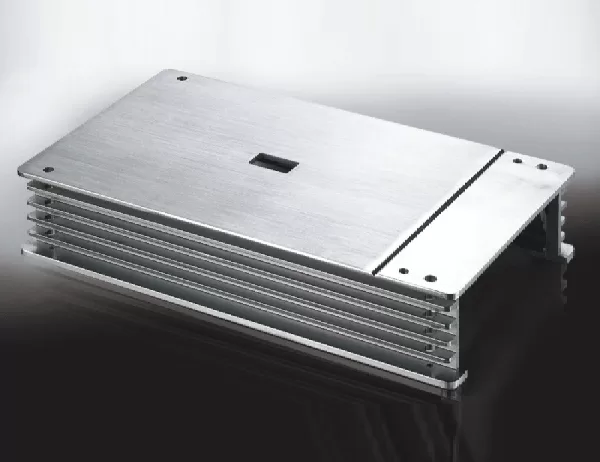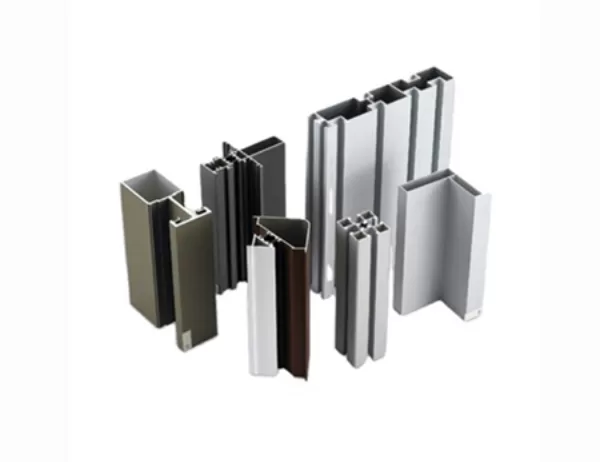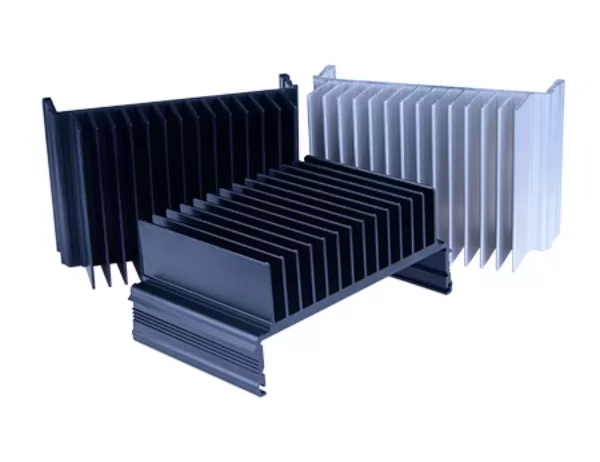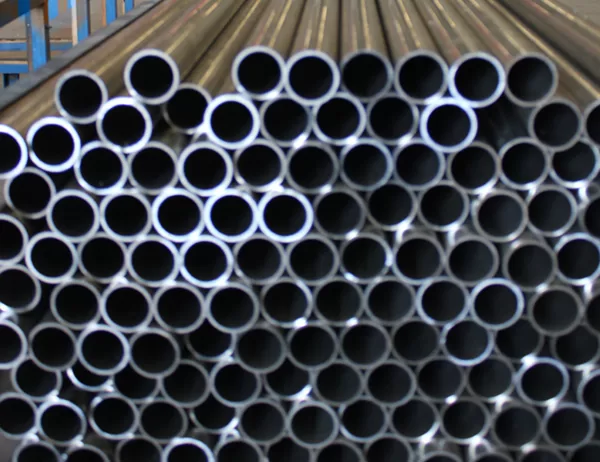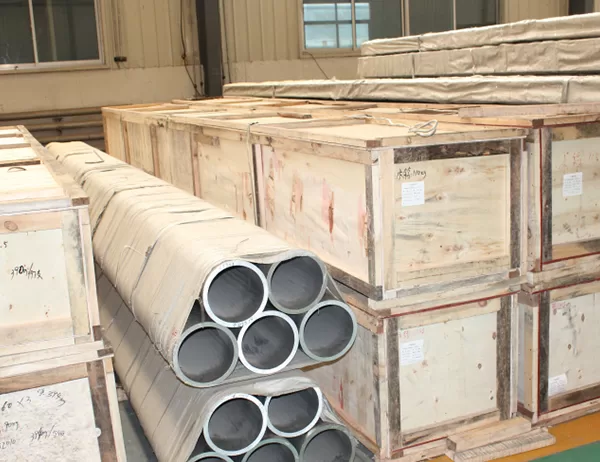Innovations in Manufacturing Processes for Automotive Aluminum Extrusions: Reshaping the Automotive Industry
The automotive industry is constantly evolving, driven by advancements in technology and the pursuit of sustainability. In recent years, there has been a growing shift towards the use of aluminum extrusions in automotive structures due to their inherent lightweight, strength, and corrosion resistance. To meet the demands of the automotive industry, innovative manufacturing processes for automotive aluminum extrusions are being developed and refined.
Enhanced Extrusion Techniques
Traditionally, aluminum extrusions are manufactured using a press and a die. The rapid advancement in extrusion technology has led to the development of innovative approaches such as:
– Endless Extrusion: This process utilizes a rotating extrusion press, enabling the production of extrusions with infinite lengths, eliminating the need for welding or joining.
– Hydroforming: A high-pressure fluid is used to form the aluminum extrusions, resulting in complex and intricate shapes with exceptional strength and tolerance.
Surface Treatment Advancements
Surface treatments play a crucial role in enhancing the durability, aesthetics, and corrosion resistance of automotive aluminum extrusions. Innovative surface treatments have emerged to meet the specific demands of automotive applications:
– Anodizing: This electrochemical process creates a protective oxide layer on the surface of the aluminum, improving corrosion resistance and enhancing visual appeal.
– Powder Coating: A fine powder is electrostatically deposited on the aluminum surface, providing a durable and protective coating with a wide range of color options.
Optimized Alloy Development
The development of tailor-made aluminum alloys has significantly contributed to the advancements in automotive aluminum extrusion processes. These alloys are engineered to meet the specific requirements of automotive applications, offering:
– Lightweight: High-strength alloys with reduced density, leading to weight reduction and improved fuel efficiency.
– Enhanced Strength: Alloys with optimized microstructures and alloying elements, providing exceptional strength and durability under various operating conditions.
Automation and Digitization
Automation and digitization are transforming the manufacturing processes for automotive aluminum extrusions. Key advancements include:
– Automated Welding: Robotic welding systems ensure precise and efficient welding of multiple extrusions, resulting in reduced labor costs and improved product quality.
– Digital Simulation: Advanced software tools simulate the extrusion process, optimizing process parameters, minimizing material waste, and improving product consistency.
Sustainable Manufacturing Practices
The automotive industry is increasingly focused on sustainability. The manufacturing processes for automotive aluminum extrusions are embracing sustainable practices, including:
– Material Recycling: Recycled aluminum content in extrusions is increasing, reducing the environmental impact and conserving natural resources.
– Reduced Energy Consumption: Optimized extrusion processes and energy-efficient equipment minimize energy consumption during manufacturing, contributing to a greener automotive industry.
The innovations in manufacturing processes for automotive aluminum extrusions are driving the advancements in the automotive industry. By leveraging enhanced extrusion techniques, advanced surface treatments, optimized alloy development, automation, and sustainable practices, the industry is producing lightweight, durable, and aesthetically pleasing components that meet the demands of the modern automotive market. As the automotive industry continues to evolve, these innovations will play a pivotal role in shaping the future of vehicle design and manufacturing.
